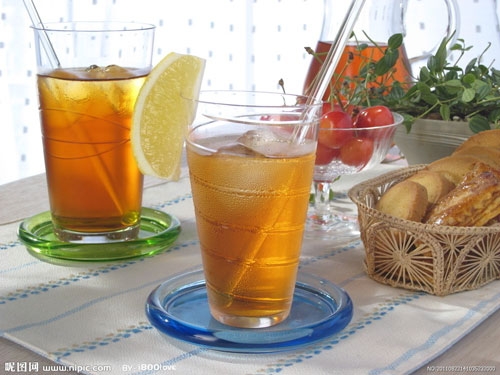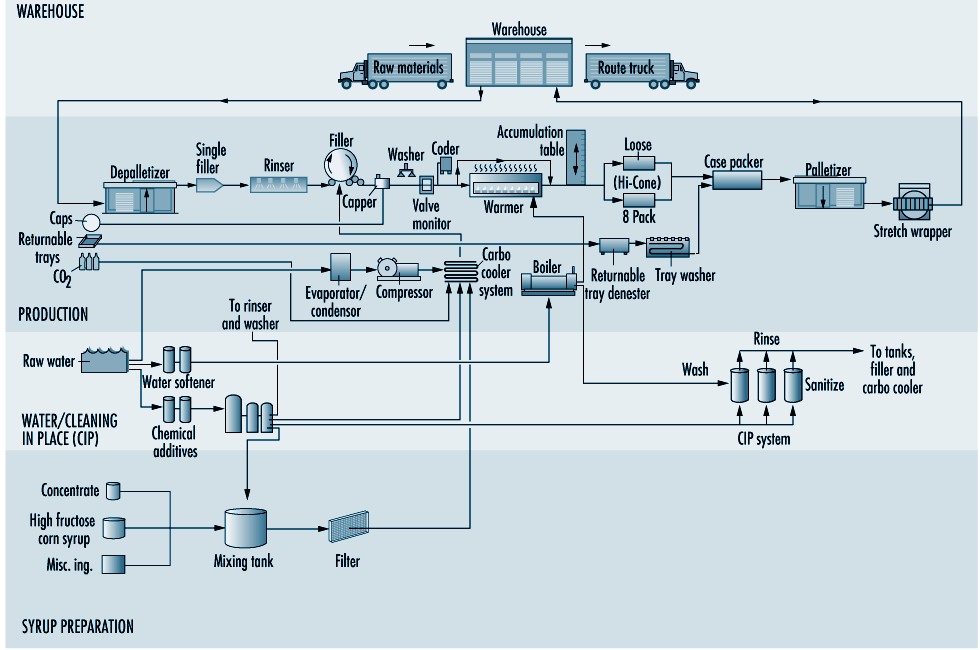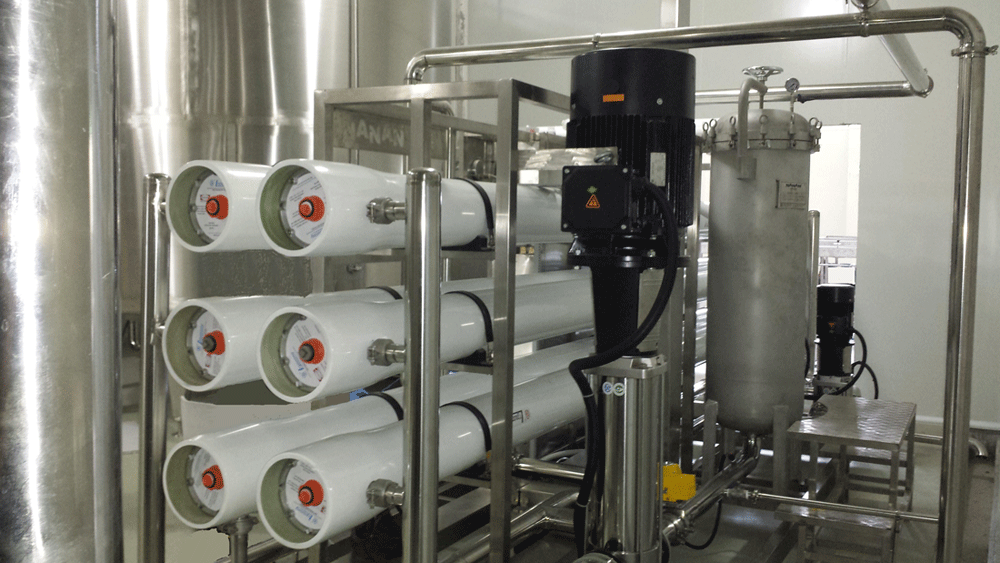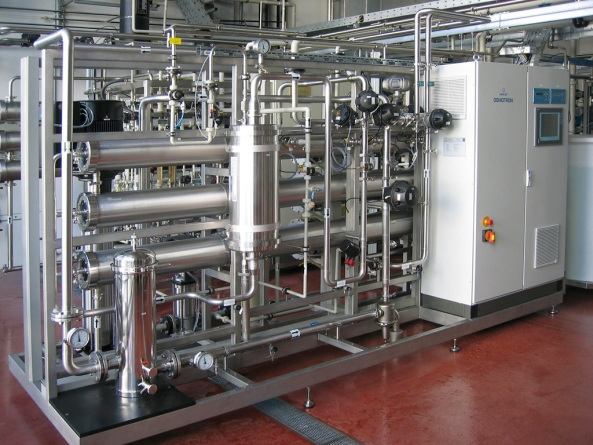
Home | INDUSTRIAL PURE WATER APPLICATION | Food &Beverage Pure Water Use
INDUSTRIAL PURE WATER APPLICATION
Food &Beverage Pure Water Use
Ozone is widely used in the beverage industry to clean storage tanks, vessels, piping and auxiliary equipment such as pumps and valves in order to eliminate bacteria. The residual ozone needs to be destroyed prior to point-of-use to ensure product quality. UV technology is the technology of choice for this application since it provides instant results without the complications of chemical additives and the byproducts they leave behind.


Technologies employed at various stages can include coagulation, multimedia filtration, activated carbon filter, ultrafiltration, ion-exchanger, reverse osmosis, EDI, ozonation and ultraviolet (UV).
For physical filtration KELOPURE uses membranes, and mostly at the UF size level. Smaller pore sized RO membranes are problematic because of energy requirements, and also because of the volume of wastewater produced at the same time pure water is made.
Activated carbon filtration is used to remove organics and residual chlorine, which membrane separation doesn’t fill out.
The last 0.2-micro filter step is generally microfiltration, which is used to filter out any particle that might have leached into the beverage.
As RO systems become more and more popular in the beverage industry, the pretreatment filter is carefully used to protect the RO membranes. Conventional treatment with multimedia filters and cartridge filters will not remove these particles. There has been another way from multimedia filters and toward continuous microfiltration or ultrafiltration as a pretreatment to these reverse osmosis systems.
Project name :pure water system for Wong Lo Kat herbal tea ingredients
Site:Guangdong ,Hunan pronvice
Capacity:1200m3/h
Raw water :from tap water
Process:quartz sand filter→activated carbon filter→RO unit
And the treated pure water meet the beverage ingredients pure water standard
Project date:Oct,2013

quartz sand filter and activated carbon filter

Blending tank

RO unit
